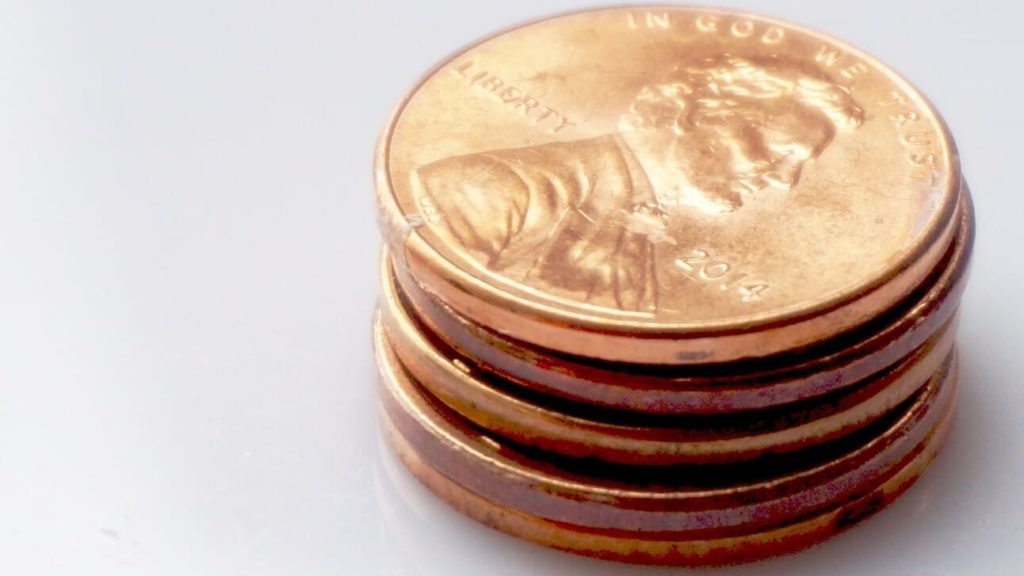Merck’s Winrevair won FDA approval yesterday, giving the company the green light to begin selling a medicine that is expected to be a key pillar of the company’s future. The medicine is a first-of-its-kind therapy for pulmonary arterial hypertension.
When it comes to pricing disclosure at approval, there are usually two roads: smaller biotechs announce the price on their investor call, and bigger pharma companies provide the price reactively to media or analysts. There are exceptions. Sometimes, at one end of the bell curve, companies don’t ever reveal the price. On the end are extensive public-facing releases or other documents laying out the value case.
So it’s noteworthy that Merck ends up being a bit of an outlier in how it disclosed the price of Winrevair. The company, in addition to providing the price broadly to media — the $14,000-per-vial price shows up in most coverage — also put up a deck on its investor site detailing the price, along with background on value, access, and reimbursement.
For a large pharma company, this may be the most transparent and extensive proactive discussion about price since Eisai’s exhaustive release on the value of its Alzheimer’s drug.
Merck’s effort here is absolutely an approach worth noting.
This is smart work by Ben Ippolito at the American Enterprise Institute.
Last week, KFF published an analysis of how much Medicare spending on GLP-1 meds had increased between 2022 and 2023, designed to show how eye-popping the growth was. But the KFF analysis used the gross spending in its analysis, rather than how much Medicare paid after rebates.
That was a big enough sin — and the ultimate conclusions pedestrian enough — that I didn’t bother sharing here, though it was enough to drive some media attention.
So AEI decided to ask the same question but look for a more accurate answer. And it found one: given that the GLP-1 companies already announce actual U.S. sales figures, why not just determine the share of the market that’s Medicare and do some simple multiplication? It’s not perfectly accurate — there are some assumptions that have to be made about the size of the Medicare market and possible differences in price between Medicare and other payers — but it’s a not-unreasonable methodology.
Unsurprisingly, an estimate that accounts for rebates gives a much different sense of the size of the Medicare GLP-1 market. KFF said it was $5.7 billion in 2022. AEI suggested — more convincingly — that the number is actually $2.6 billion. Adjust your panic about GLP-1 spending accordingly.
Hat tip to Adam Fein, who had this up on LinkedIn yesterday.
It was kind of a throwaway piece in the newsletter yesterday — a small study that found that OOP caps on insulin drove patient spending down (duh) but didn’t otherwise have much of an impact on the market — but I ended up with a handful of inbound messages about it.
One of those was from J&J’s Ulrich Neumann, who pointed out that the findings suggest that insulin demand is generally inelastic. In other words, price doesn’t change use. This isn’t surprising or new or particularly controversial, but Neumann used it to elevate an important point: there is no reasonable rationale for any cost-sharing with insulin.
Cost-sharing doesn’t make those with diabetes more “thoughtful” about their insulin use. It just creates a financial hurdle. So why do we have cost-sharing for insulin or other chronic diseases at all? (If you want to get into this in greater detail, Neumann and colleagues had a nice poster at the last AMCP Nexus meeting on the topic.)
Elsewhere:
AstraZeneca is taking a legal shot at the pioneering Arkansas state law that bars pharma companies from restricting shipments to 340B contract pharmacies. This is a law that’s already survived a legal challenge from PhRMA (that case ended with a negative ruling from a federal appeals court). But AZ said its arguments are different and that it wants to clear up some facts that the courts earlier got wrong.
One of the elements of the IRA is that consumers get lower copays on drugs where prices rise higher than inflation. The latest crop of Part B drugs that violated the inflation “speed limit” and are subject to lower copays is now out. It’s not a very interesting list, and the reductions are not very big. But any win on drug prices is being treated as a big win, so there’s an HHS release out on it. (And some reporting from Fierce and others.)
Finally, I’m keeping an eye on the Supreme Court case involving the abortion pill. There are necessarily pricing implications, but it’s easy to imagine SCOTUS intervening in a way that fundamentally erodes the FDA’s power. Yesterday’s oral arguments generally skirted those administrative questions — the consensus seems to be that this will come down to standing — but a legal scholar whose work I find beyond reproach suggested that this case is one where it’s worth watching dissenting opinions, where the seeds of future majority decisions are often planted. A decision upholding the FDA’s thinking doesn’t necessarily get rid of all of the dark clouds.
If this email was forwarded to you, and you’d like to become a reader, click here to see back issues of Cost Curve and subscribe to the newsletter.





